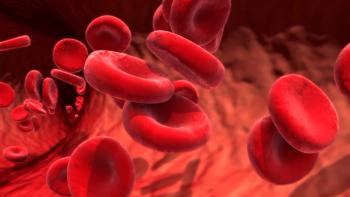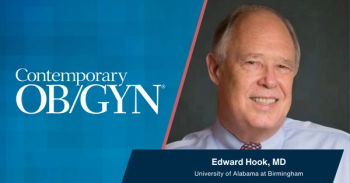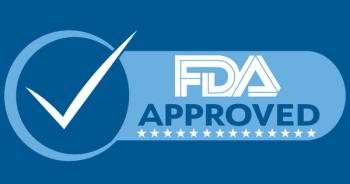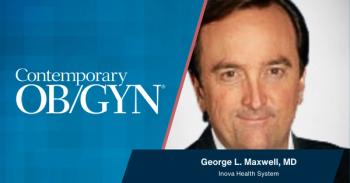
Black Women’s Health Study: Abuse increases risk of fibroids
A prospective U.S. cohort study of nearly 10,000 African-American women published in the American Journal of Obstetrics & Gynecology indicates that child abuse-particularly sexual abuse-is an independent risk factor for uterine leiomyomata (UL).
A prospective U.S. cohort study of nearly 10,000 African-American women published in the
Supported by the Eunice Kennedy Shriver National Institute of Child Health and Human Development, the report by Boston University researchers was based on analysis of data from the Black Women’s Health Study (BWHS). Since 1995, the BWHS has followed 59,000 African-American women aged 21 to 69 through biennial questionnaires.
The 2005 BSHW surveys included questions on diagnosis of UL, year of first diagnosis, and whether the diagnosis was confirmed by ultrasound (U/S) or surgery and about abuse across the lifespan, including childhood and the teen and adult years. Questionnaires administered in 2007, 2009, and 2011 asked women whether they had been diagnosed with UL in the past 2 years. Rate ratios (RRs) and 95% confidence intervals (CIs) were estimated using Cox regression.
Among the 9,910 women represented, there were 1,506 incident cases of UL diagnosed by U/S or surgery. Incidence of UL was higher in those women who had reported child abuse, particularly sexual abuse. Compared with no abuse across the lifespan, the RRs for physical abuse only, sexual abuse only, and for both physical and sexual abuse in childhood were 1.16 (95% CI, 1.02-1.33), 1.34 (95% CI, 1.09-1.66) and 1.17 (95% CI, 0.99-1.39), respectively.
The more times the child sexual abuse occurred, the greater the risk, with RRs of 1.29 (95% CI, 1.04-1-61) and 1.41 (95% CI, 1.07-1.85) for 1 to 3 versus 4 incidents, respectively. RRs for low, intermediate, and high frequencies of child physical abuse were 1.19, 1.04, and 1.23, respectively and the association between abuse and UL was strongest for the highest category of child abuse severity (RR, 1.57; 95% CI, 1.19-2.07). No associations were found for teen or adult abuse.
Read other articles in this issue of
Newsletter
Get the latest clinical updates, case studies, and expert commentary in obstetric and gynecologic care. Sign up now to stay informed.










